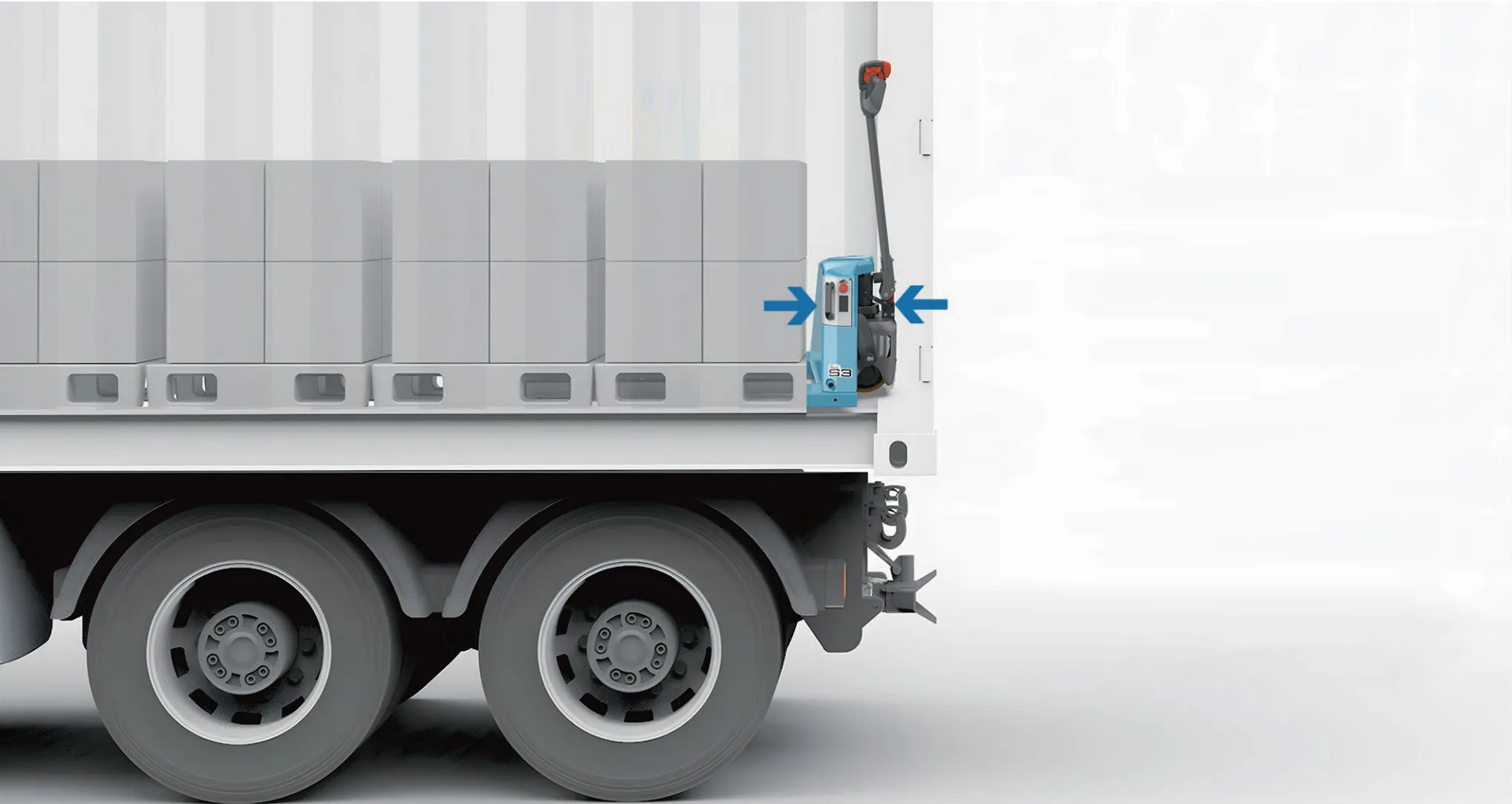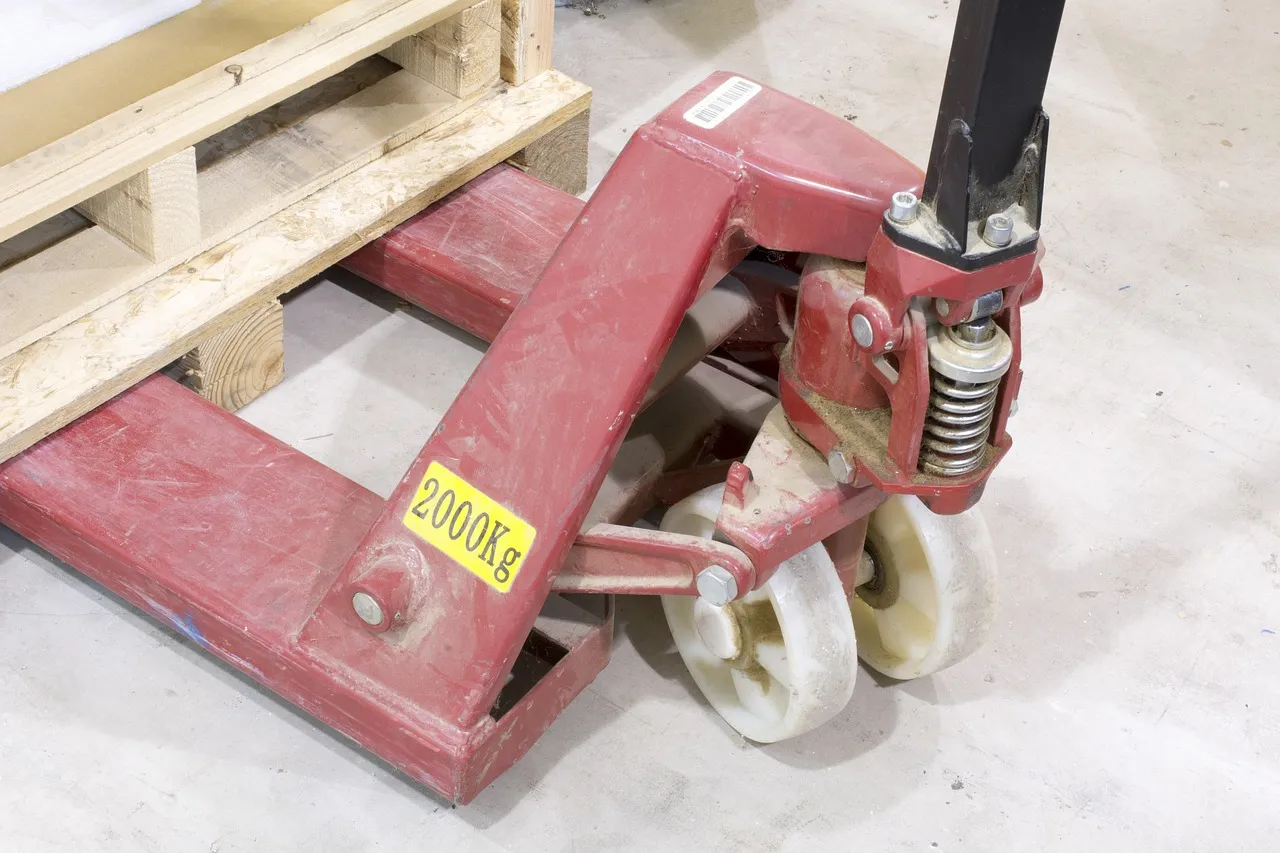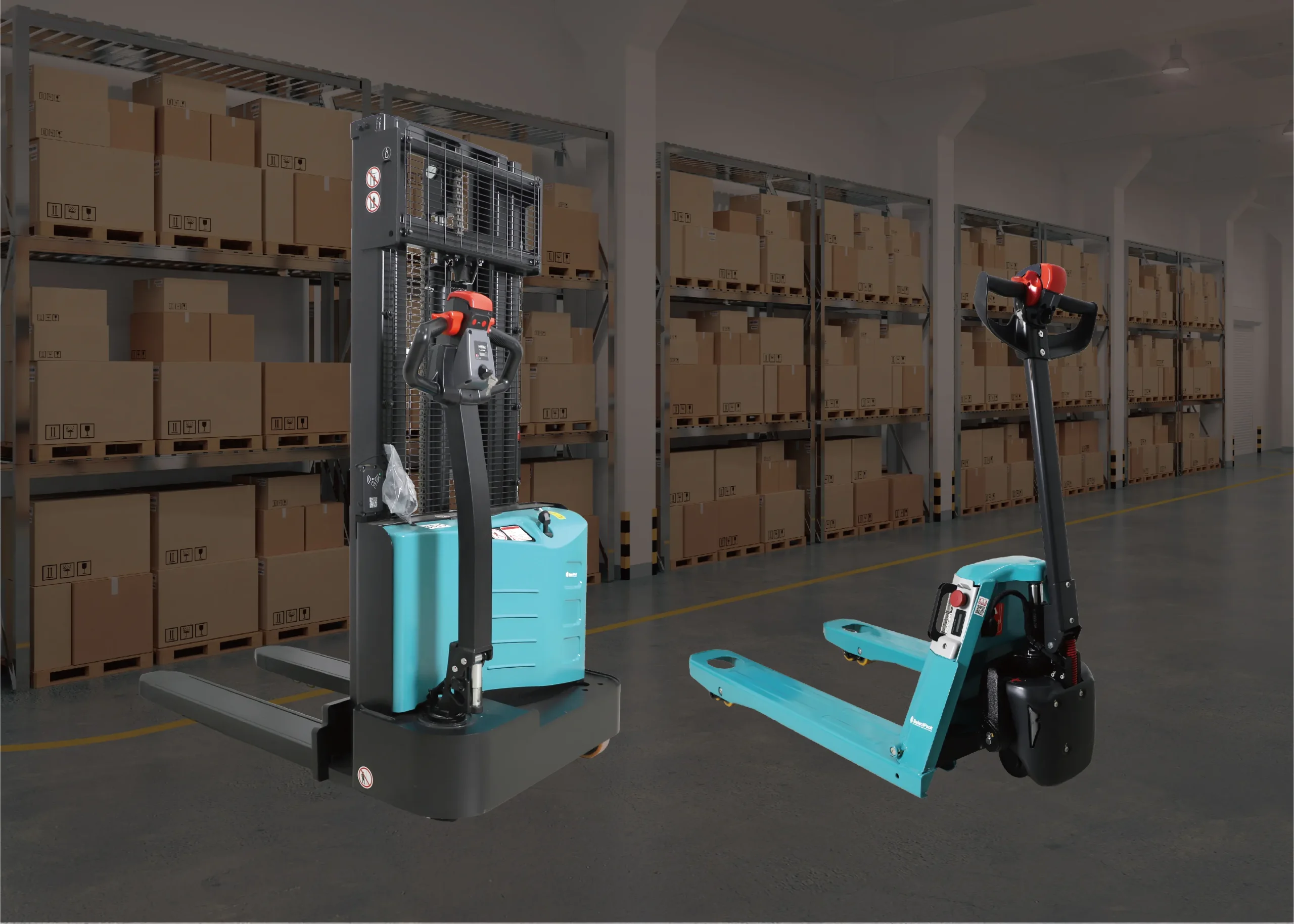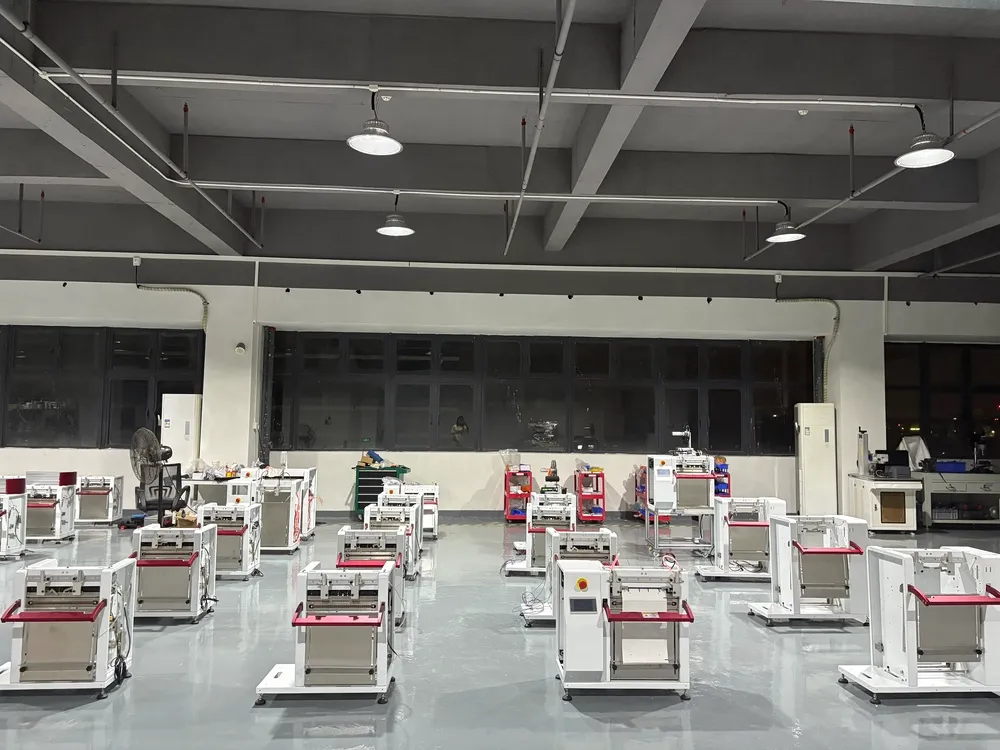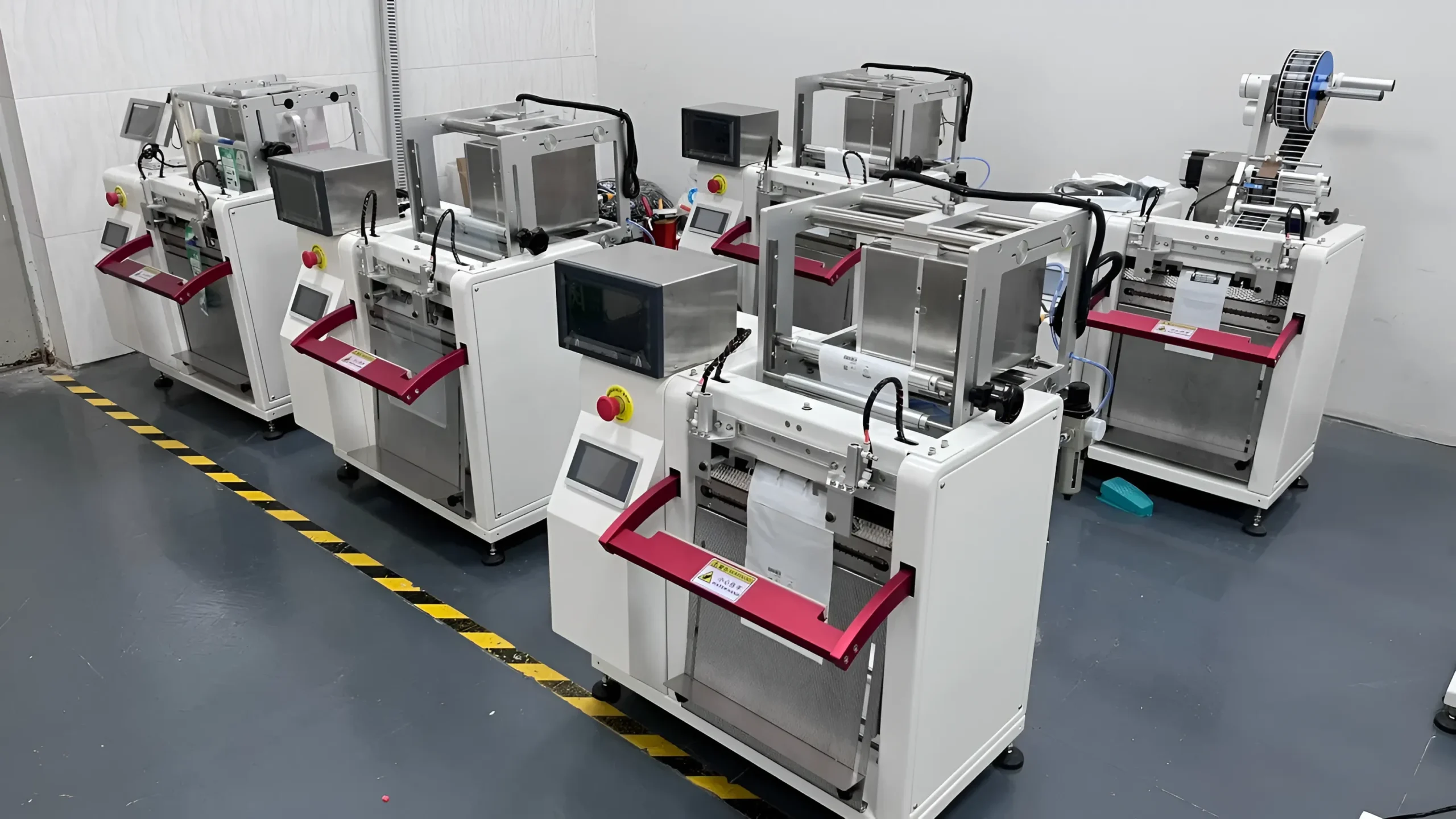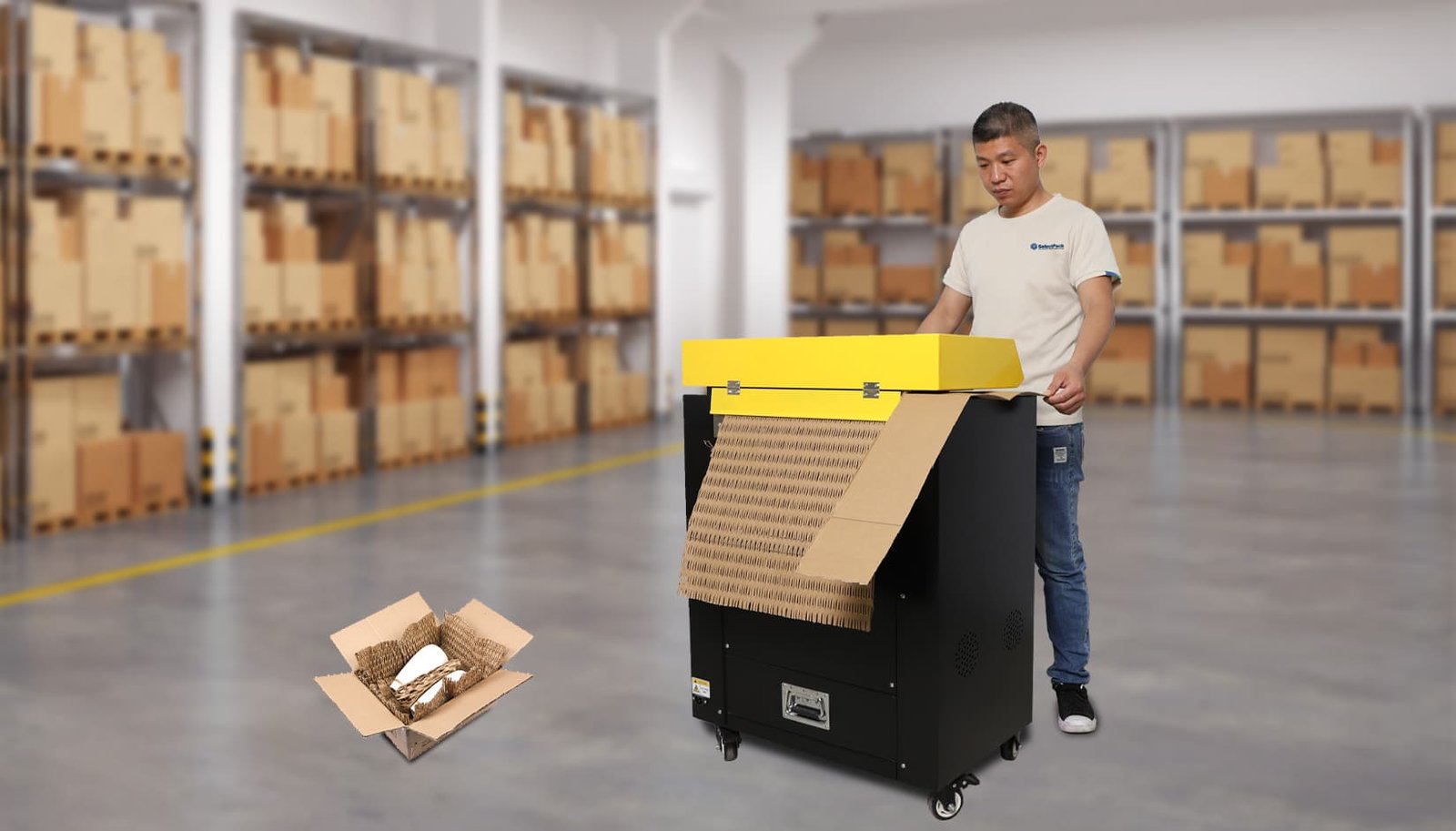Strapping machines help secure palletized goods during shipping. In fast-paced logistics environments like 3PL centers or export warehouses, efficiency and flexibility are key. Mobile electric pallet strappers address these needs by allowing operators to strap loads where they are, without moving heavy pallets to fixed stations.
This article explores how mobile strapping machines fit into different warehouse types and why they are becoming a practical choice for many industries.
What Does a Strapping Machine Do?
A strapping machine applies tensioned plastic or polyester straps around packages or pallets to keep them stable during transport. These machines can be manual, semi-automatic, or fully automatic. Semi-auto models are common in warehouses but typically require fixed workstations. They work well when products can be brought to a centralized point.
In contrast, mobile electric pallet strappers are battery-powered tools designed to move with the operator. This reduces pallet handling, shortens workflow distances, and allows faster strapping at different locations.
Why Mobility Matters in Warehouse Operations
Mobile strapping machines offer advantages in operations with multiple dock doors or dynamic shipping zones. Instead of forming queues at a central strapping machine, workers can bring the equipment directly to the load. This reduces delays and enables a smoother outbound process.
In warehouses with narrow aisles or fluctuating layouts, mobile units can adapt without major changes to infrastructure. Their portability supports lean operations and helps teams maintain output during high-volume periods.
Strapping Needs in 3PL Warehouses
Third-party logistics providers often manage complex shipping schedules across multiple clients. During peak hours, fixed machines can become choke points. Mobile strapper tools help operators address volume spikes more easily. They allow pallet strapping at the dock, eliminating the need to reposition loads.
A distribution center in Europe reported fewer missed truck departures after using mobile strapping machines at high-traffic loading bays. This helped them meet cutoff times more reliably.
Use in E-Commerce Fulfillment Centers
E-commerce warehouses handle diverse product sizes, high SKU counts, and frequent layout adjustments. Floor space is tight, and packaging zones must be flexible. Mobile strapping machines are well-suited for this environment. Their compact size allows them to move between stations or aisles as needed.
By minimizing the need to transfer pallets to strapping zones, mobile tools improve throughput and reduce physical strain on workers. Some facilities have reported measurable gains in packing speed using this method.
Applications in Export Manufacturing
Export-focused operations often involve heavy items that require secure palletization. Manual methods in these settings can lead to fatigue or inconsistent results. Mobile strapping equipment offers more ergonomic working positions, often at waist level, helping reduce injuries.
These tools also allow operators to standardize strapping tension and positioning, which is important for load stability during international shipping.
Improving Ergonomics and Safety
In addition to speed and convenience, mobile strapping machines can support safer work practices. They reduce the need for repeated bending, lifting, and reaching—common causes of workplace strain. For teams handling dozens of pallets per day, this can lead to noticeable reductions in fatigue.
Employers looking to meet OSHA ergonomics guidelines may find mobile equipment useful in lowering injury risks without sacrificing efficiency.
Cost and Productivity Considerations
While mobile strapping machines require a higher upfront investment than manual tools, they can reduce labor time and increase packaging consistency. In high-volume settings, even small efficiency gains can add up over time. For example, eliminating five minutes per pallet across hundreds of loads each week leads to substantial labor savings.
Warehouses balancing labor shortages with rising order volumes may benefit from reviewing their current strapping workflow.
Comparison with Traditional Strapping Methods
In many warehouses, fixed strapping stations serve as central hubs. But this model has limits. Pallets need to be moved to the strapping point, creating extra forklift traffic and risking product damage. In contrast, mobile machines adapt to the flow of goods, not the other way around.
This shift also affects labor. With mobile machines, a single operator can complete strapping tasks in a more ergonomic and streamlined way, especially in facilities with decentralized operations.
Flexibility Across Shifts and Teams
Mobile machines also benefit teams working in shifts or rotating zones. Because these units are portable and intuitive to operate, they require less training and allow operators to cover more ground without compromising safety. Some businesses report fewer handoffs between teams and better consistency in strapping quality.
This adaptability can be important for warehouses facing seasonal demand changes or dealing with high staff turnover.
How to Evaluate a Mobile Strapper for Your Facility
Choosing the right mobile strapping machine involves considering the size of your pallets, strap types used, and frequency of strapping tasks. Some models offer tension adjustment, automatic strap feeding, or dual-battery configurations for longer run time.
It’s also important to assess aisle widths, battery charging routines, and the physical strength required for operation. Asking for an on-site demo or trial period can provide useful insight before purchase.
Environmental Considerations and Energy Use
Modern mobile strapping machines are increasingly designed with energy efficiency in mind. Battery-powered units can reduce reliance on fixed power supplies and may operate more quietly, which can benefit noise-sensitive work environments. In facilities with sustainability goals, choosing equipment that aligns with low-emission or energy-saving practices can also contribute to broader operational targets.
Integrating Mobile Strapping into Lean and Just-in-Time Workflows
For facilities that follow lean manufacturing or JIT logistics, flexibility is essential. Mobile machines align well with these methodologies because they minimize waste—in both motion and space. Strapping can happen at the moment and place it’s needed, reducing staging zones and improving overall workflow fluidity.
This alignment with lean principles makes mobile strapping equipment a useful addition to facilities seeking continuous improvement.
Is Mobile Strapping Right for Your Operation?
Ask yourself:
- Do you operate in a facility with multiple shipping lanes or scattered packing zones?
- Are pallets currently being moved only for strapping?
- Are staff waiting for access to shared machines?
If so, exploring a mobile solution might be worthwhile.
Finding the Best Strapping System for Your Business
Choosing the right strapping solution doesn’t have to be complicated—especially when you’re dealing with limited space, shared docks, or shifting workstations. Our team at SelectPack understands the real-world challenges of warehouse operations.
Whether you’re looking to reduce bottlenecks or boost mobility at the loading zone, we’re here to help you evaluate if a mobile strapping machine is the right fit.
Let’s talk about your workflow—reach out and we’ll help you make a smart, cost-effective choice.


